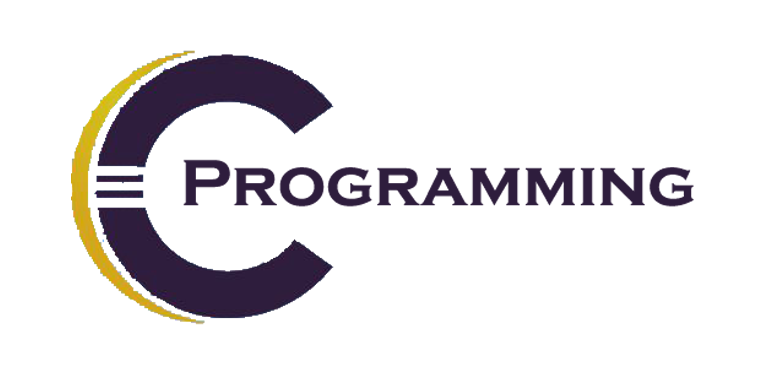Flowchart
A floechart is apictorial representation of the sequence of operations necessary to solve a problem with a computer. The first First formal flowchart is attributed to John Von Neuman in1945. The flow chartcharts are reads from left to right and top to bottom. Program flowcharts show the sequence of instructions in a program or a subroutine. the symbols used in constructing a flowchart are simple and easy to learn. These are very important planning and working in programming.
Flowchart Symbols
Flowchart have only a few symbols of different sizes and shapes for showing nesscessary operations. Each symbols has specific meaning and function in a flowchart. These symbol have been standardized by the American National Standards Institute (ANSI). The basic rules that a user keep in mind while using the symbols are:
Symbols and their uses on Flowchart
A floechart is apictorial representation of the sequence of operations necessary to solve a problem with a computer. The first First formal flowchart is attributed to John Von Neuman in1945. The flow chartcharts are reads from left to right and top to bottom. Program flowcharts show the sequence of instructions in a program or a subroutine. the symbols used in constructing a flowchart are simple and easy to learn. These are very important planning and working in programming.
Flowchart Symbols
Flowchart have only a few symbols of different sizes and shapes for showing nesscessary operations. Each symbols has specific meaning and function in a flowchart. These symbol have been standardized by the American National Standards Institute (ANSI). The basic rules that a user keep in mind while using the symbols are:
- First consider that main logic, then incorporate the details.
- Maintain a consistent level of details for a flowchart.
- Do not includes all details in a flowchart.
- Use meaningful descriptions in the flowchart symbols. These should be easy to understand. Be consistent in using variable and names in the flowcharts.
- The flow of the flowchart should be from top to bottom and from left to right. For complex flowchart, use connector to reduces the number of flow lines. The crossing of lines should be avoided as far as possible.
- If a flowchart is not drawn on a single page, it is recommended to break it at an input or output point and properly labeled connectors should be used for linking the portions of the flowchart on separate pages.
- Avoid duplications so far as possible.
Symbols and their uses on Flowchart
Advantages
of Using Flowchart
- Communication: Flowchart are a better way of Communicating the logic of a system to all concerned.
- Effective Analysis: With the help of flowcharts, problems can be analyzed more effectively.
- Proper Documentations: Program Flowcharts serve as a good program documentations needed for various purposes.
- Efficient Coding: flowchart act as a guide or blueprint during the system analysis and program development phase.
- Proper Debugging: Flowcharts help in the debugging process.
- Efficient Programs Maintenance: The maintance of an operating program becomes easy with with the help of a flowchart.
Limitations
of Using Flowcharts
- Complex Logic: Sometimes, the program logic is quite complicated. In such case, a flowchart becomes complex and clumsy.
- Alterations and Modifications: If alternation are required, the flowchart may need to be redraw completely.
- Reproduction: Since the flowchart symbols cannot be typed in, the productions of a flowchart become a problem.
- Loss of objective: The essential of what has to be done can easily be lost in the technical details of how it is be done





0 Comments